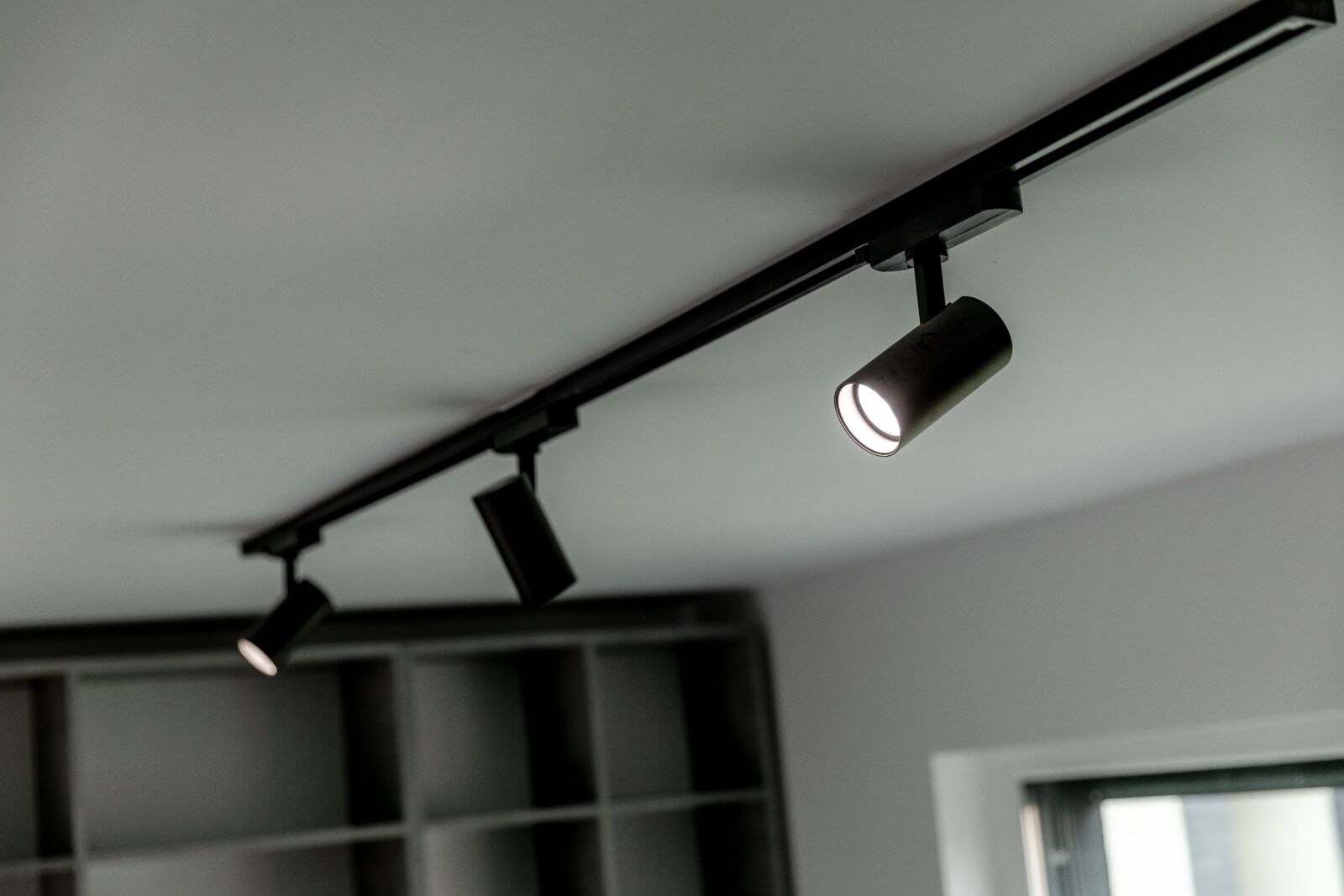Track lighting, known for its flexibility and modern look, is a game-changer for small businesses. Good lighting is key to creating great customer experiences and boosting the visual appeal of commercial spaces. As small businesses aim to create welcoming environments while keeping costs low, commercial track lighting stands out as a valuable option, offering a mix of functionality, style, and energy efficiency.
In this overview, we’ll walk you through the essentials of commercial lighting, highlighting its benefits and practical uses. We’ll cover everything from the basics and components to the different types and design tips. You’ll also find helpful advice on installation, maintenance, and solving common problems, giving small business owners the tools they need to effectively light their spaces.
The Basics of Track Lighting
Track lighting consists of three main parts: the track, the fixtures, and a power source. The track carries electricity to the fixtures, which can be placed anywhere along it, allowing you to direct light exactly where it’s needed. The system works by simply connecting the power source to the track, ensuring all fixtures receive power evenly. What makes track lighting ideal for commercial spaces is its versatility; businesses can easily adjust the lighting to highlight new displays or change the atmosphere.
This flexibility, along with its sleek, modern design, makes track lighting popular in retail stores, restaurants, and offices. It’s also easy to install and can incorporate different lighting technologies, like LEDs, making it a go-to choice for business owners seeking efficient and adaptable lighting options.
Benefits of Track Lighting for Small Businesses
Track lighting is a smart choice for small businesses, offering several key benefits. One major advantage is energy efficiency, especially with LED systems that use much less electricity than traditional lights. This can lead to significant savings on monthly energy bills, which is important for budget-conscious businesses.
Besides saving money, track lighting enhances the look of commercial spaces with its sleek, modern design that fits well with various interior styles, making the space more appealing to customers. Additionally, track lighting is highly versatile. You can easily reposition fixtures to adapt the lighting for new product displays or special events. This flexibility is particularly useful in retail settings, offices, and eateries.
Types of Track Lighting Systems
When choosing track lighting systems, it’s important to understand the differences between H, J, and L types. The H-track system is known for its strong build, making it durable and compatible with many fixtures. J-track lighting is often selected for its easy installation and customizable options, making it suitable for various business needs. L-track systems offer a sleek design that adds a stylish touch while still being versatile.
Each system has unique connectors and specifications, so it’s vital to match the track type with your existing or planned fixtures to avoid compatibility issues. Consider your business’s lighting needs, space layout, and design preferences to choose the best track system for your space.
Designing Your Track Lighting Layout
To create an effective track lighting layout, start by measuring the space and understanding your lighting needs. Measure the area to determine the length of track required and identify key spots that need light. Consider the tasks performed in each area; for example, a checkout counter may need bright, focused lighting, while display areas might benefit from softer, ambient light.
Also, think about the mood you want to create—whether it’s cozy and inviting or modern and sleek. Position your fixtures to blend these needs, ensuring your lighting design meets both practical and visual goals. This approach will create a welcoming environment, improving the experience for both customers and employees.
Installation and Maintenance
To keep your commercial track lighting system working well, it’s important to install it correctly and maintain it regularly. Start by following the manufacturer’s instructions for installation, making sure all electrical connections are secure and the track is firmly attached. Always turn off the power at the breaker before working with any electrical parts, and use insulated tools for safety. After installation, maintain your system by regularly cleaning the fixtures and track, removing any dust or debris.
Check for loose connections or flickering lights often, and fix these issues quickly to avoid bigger problems later. Learn basic troubleshooting tips, like checking the power source if the entire track goes dark or inspecting individual bulbs and fixtures. By installing and maintaining your system carefully, you’ll extend its lifespan and keep your commercial space well-lit and inviting.
Effective track lighting offers small businesses a powerful way to enhance their spaces with both style and functionality. By providing flexible, energy-efficient lighting, track lighting helps create a welcoming environment that appeals to customers while keeping operational costs low. Whether it’s adjusting the light to highlight new displays or maintaining a modern aesthetic, this lighting solution adapts to the changing needs of any commercial space. With careful installation and regular maintenance, small business owners can maximize the benefits of track lighting, ensuring their environments remain vibrant, efficient, and inviting for years to come.




